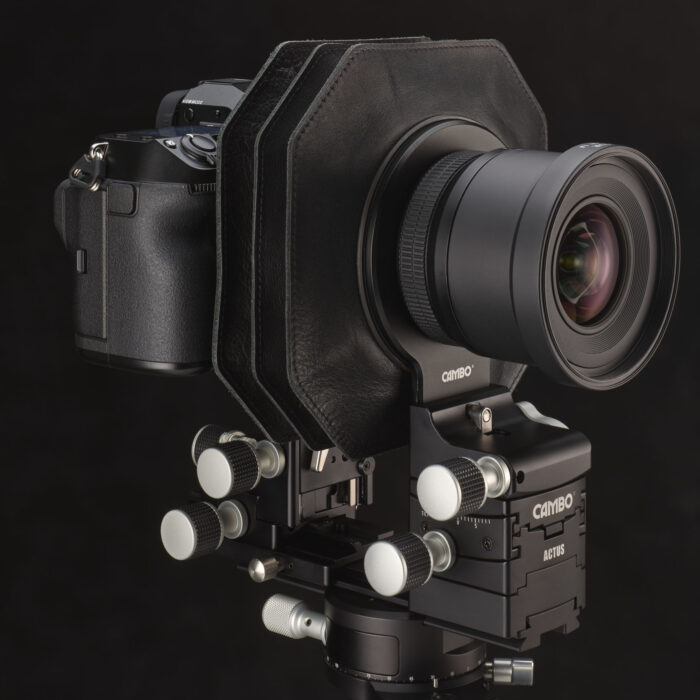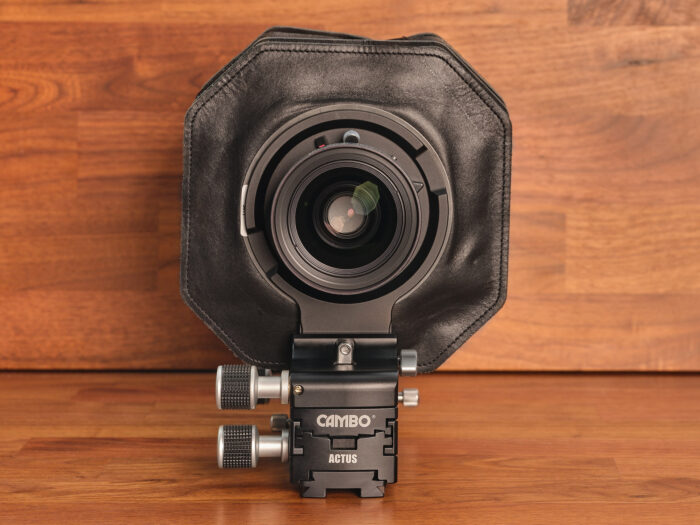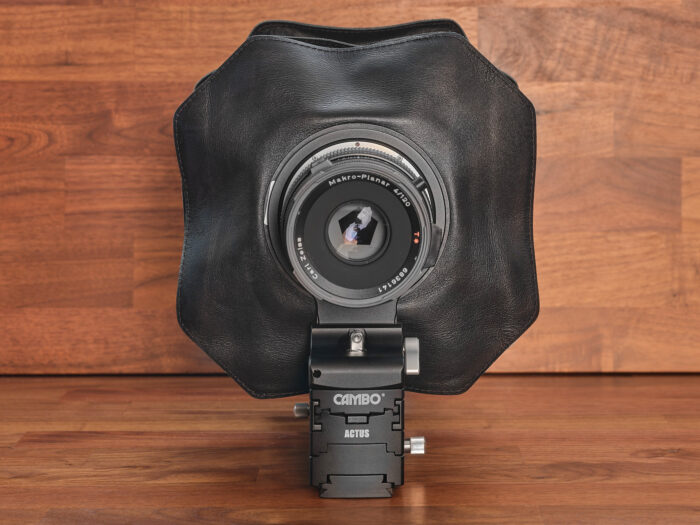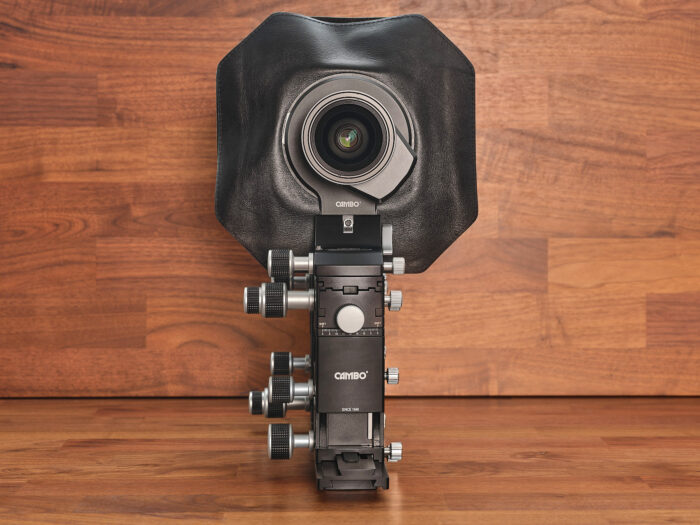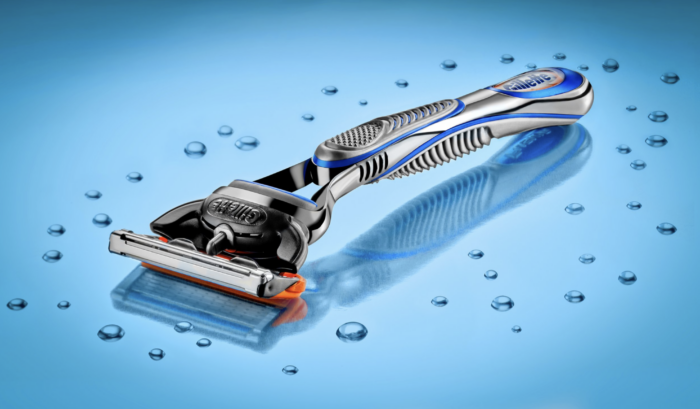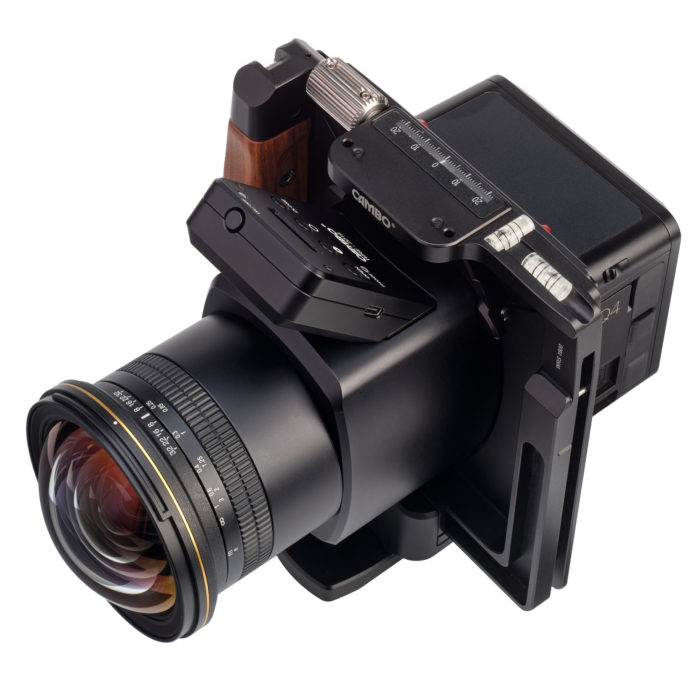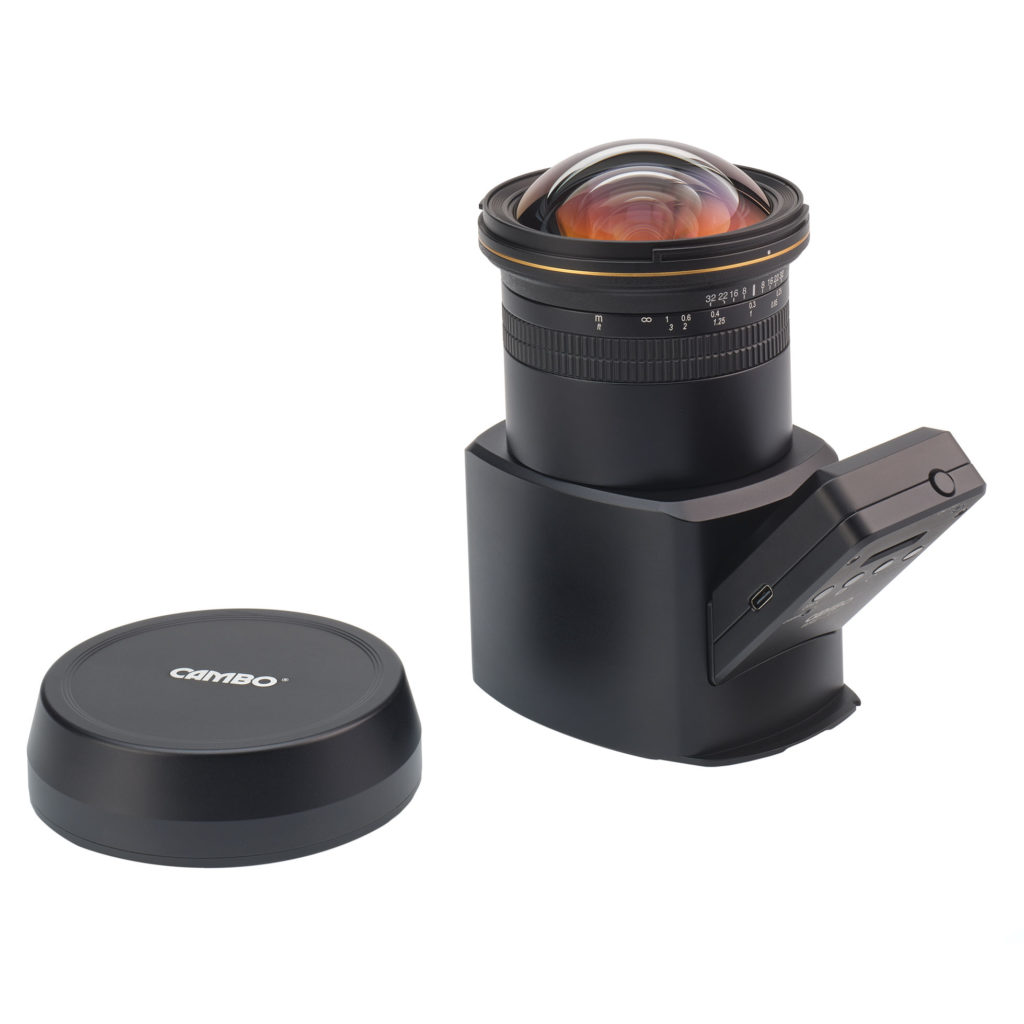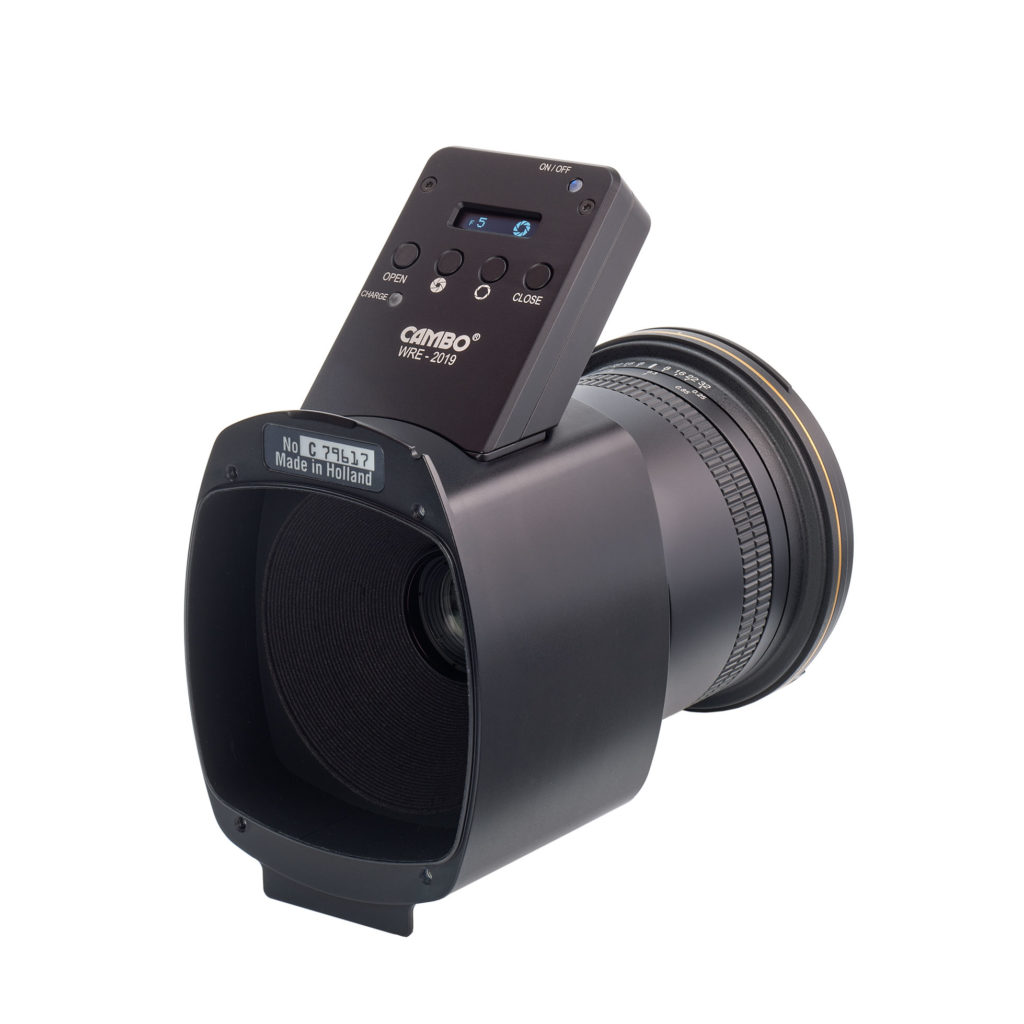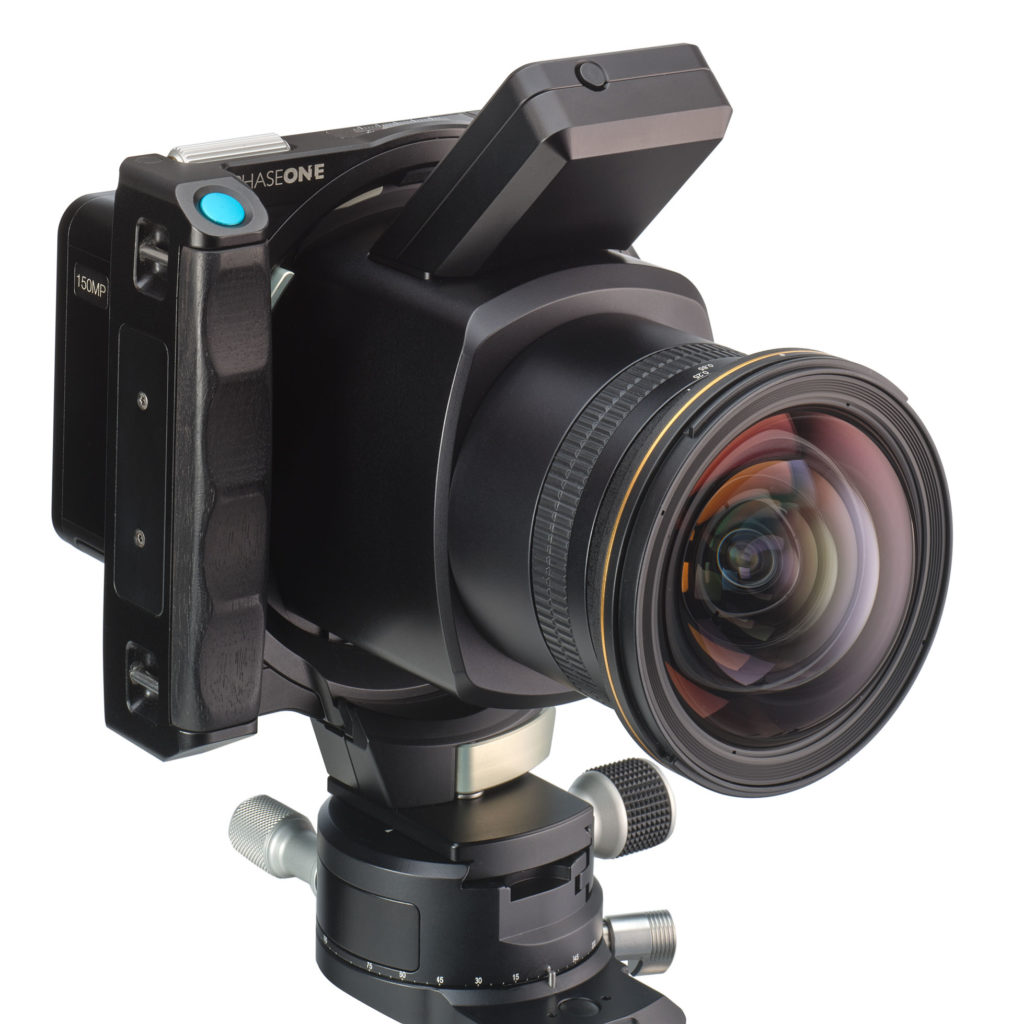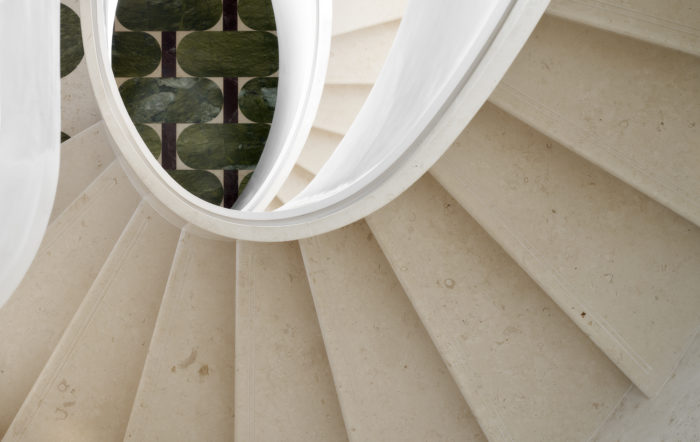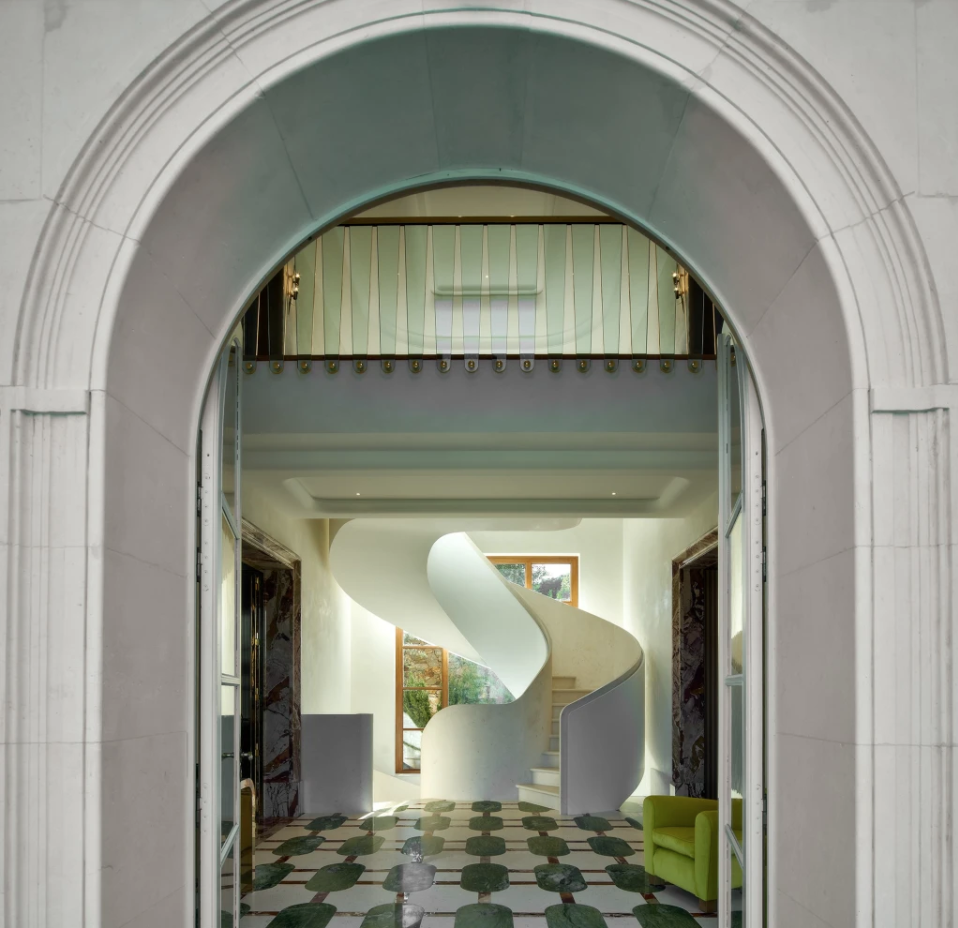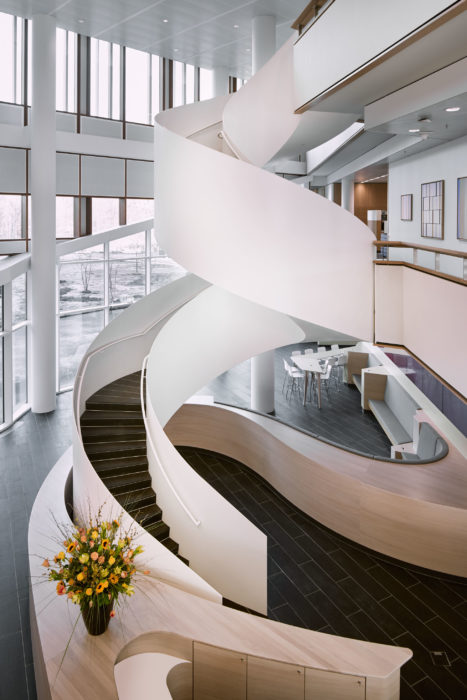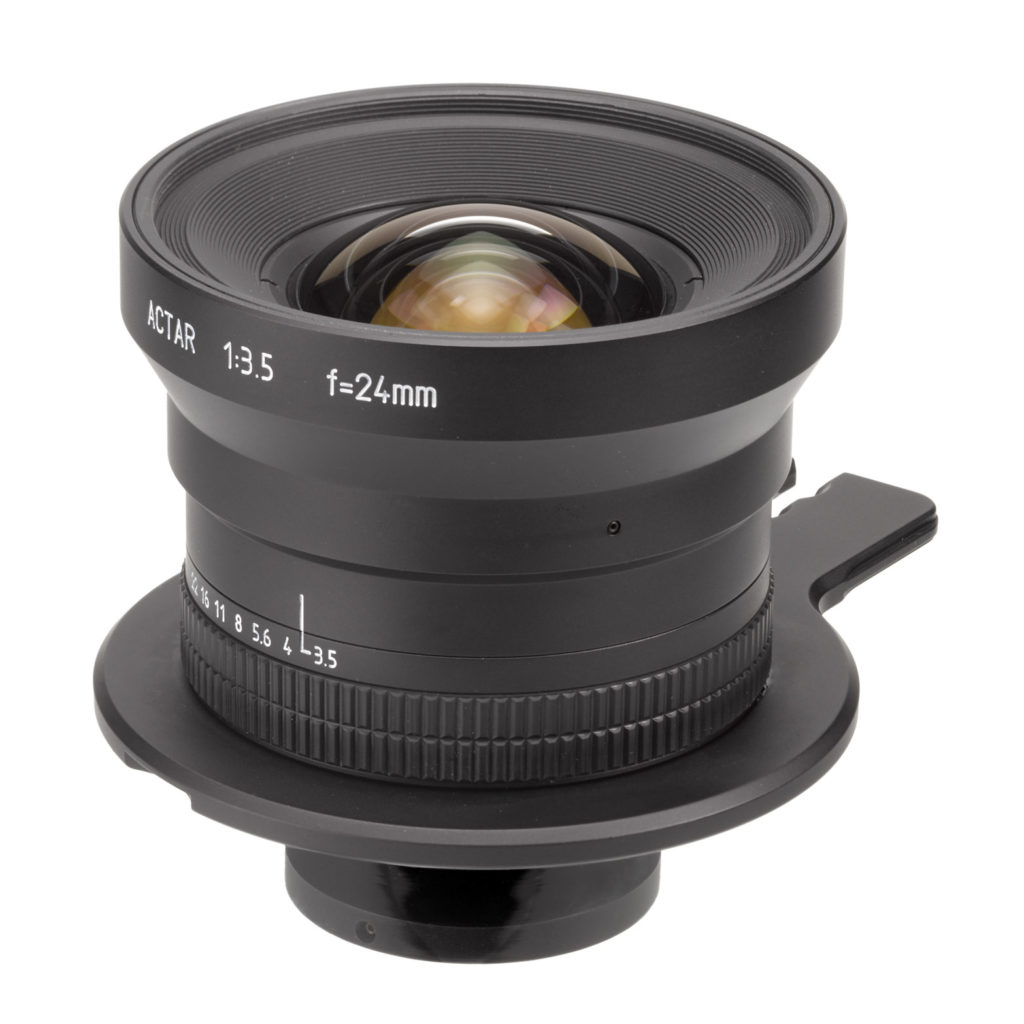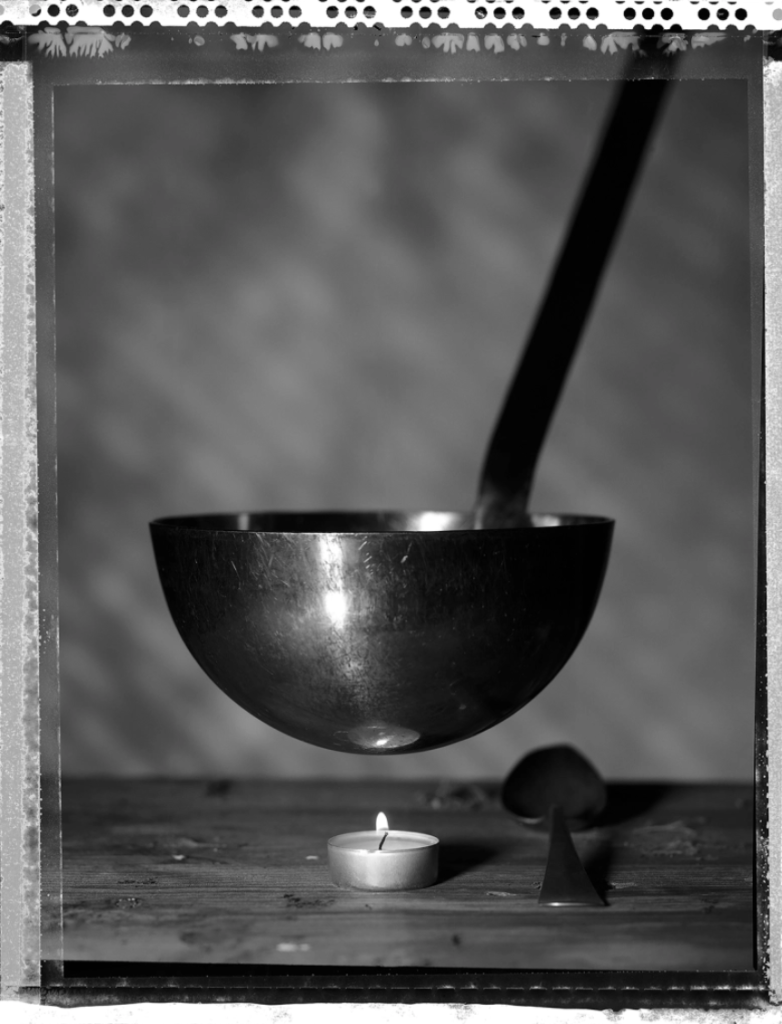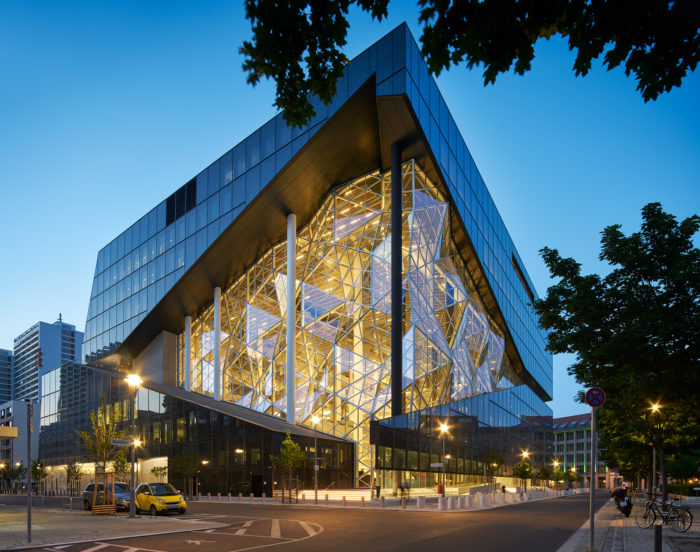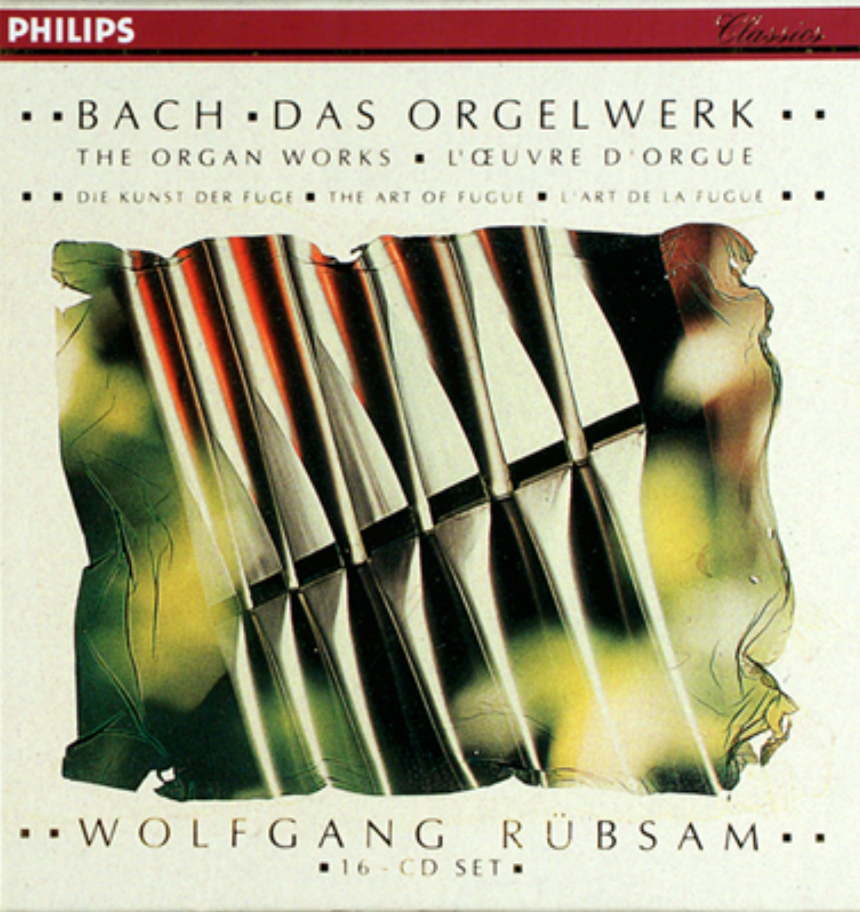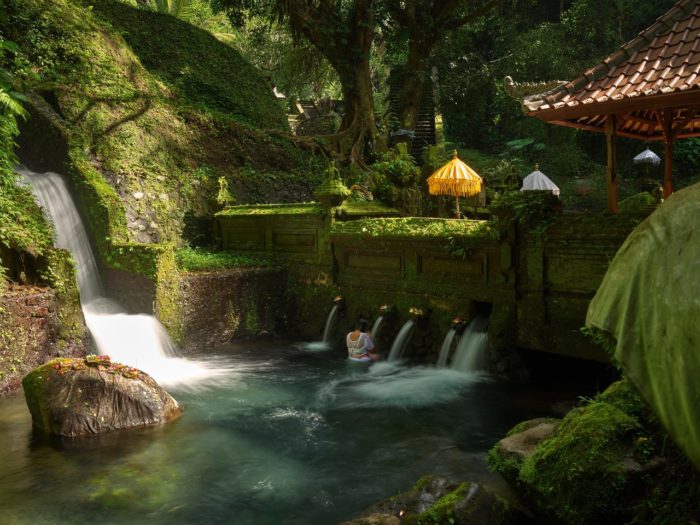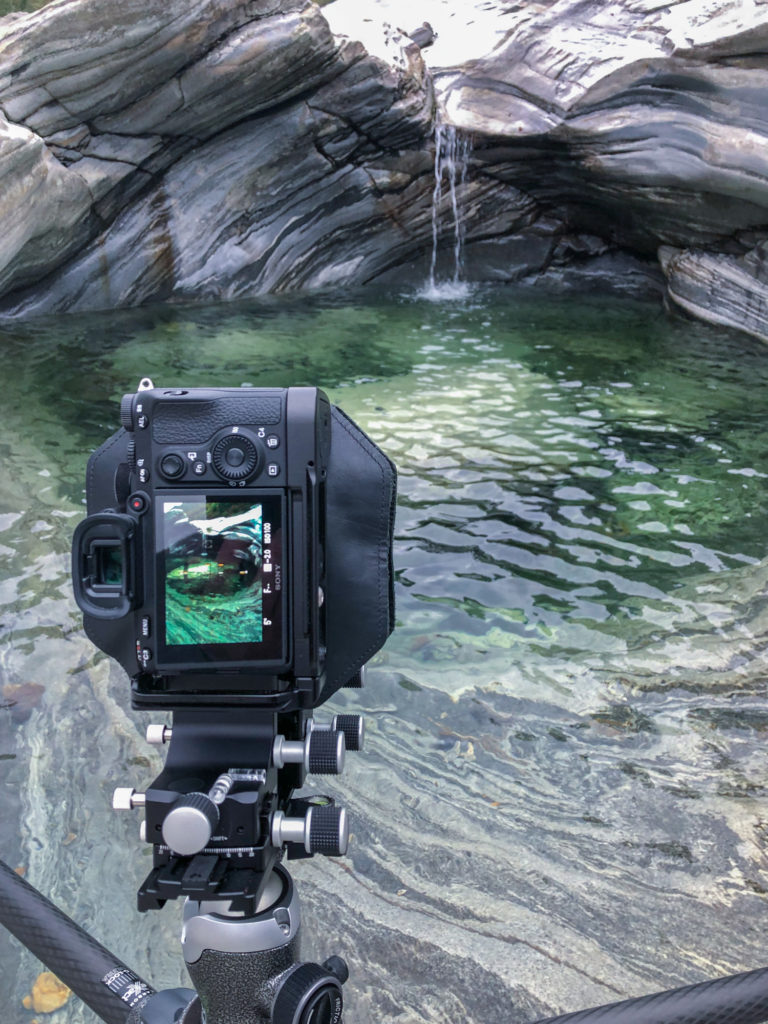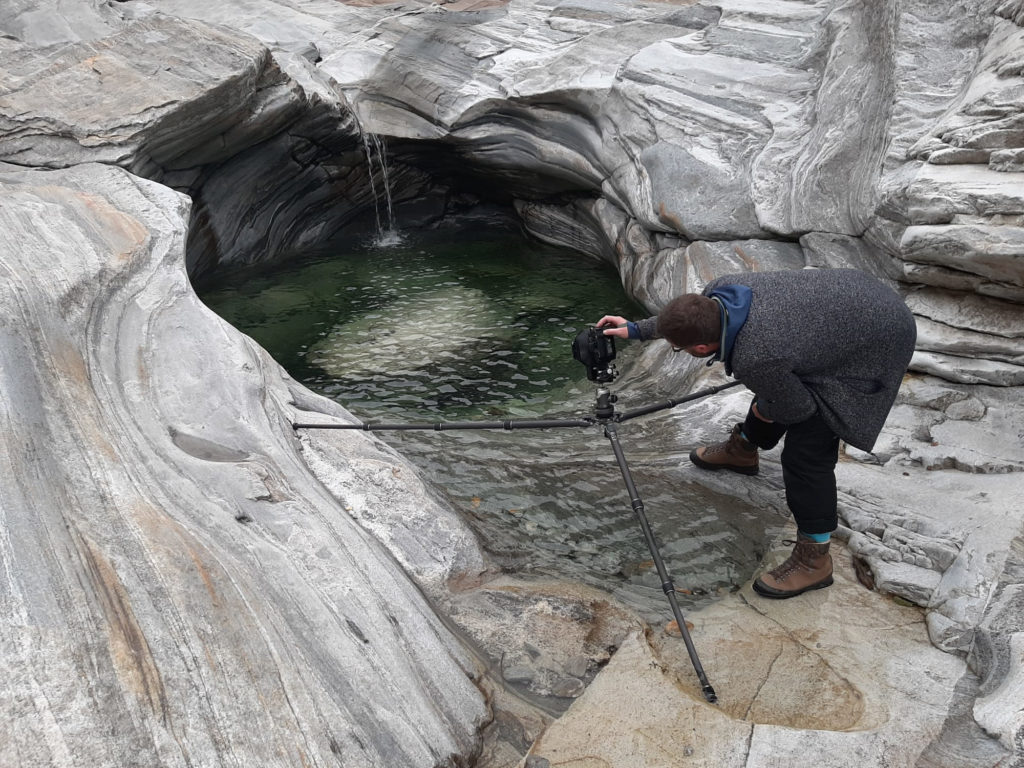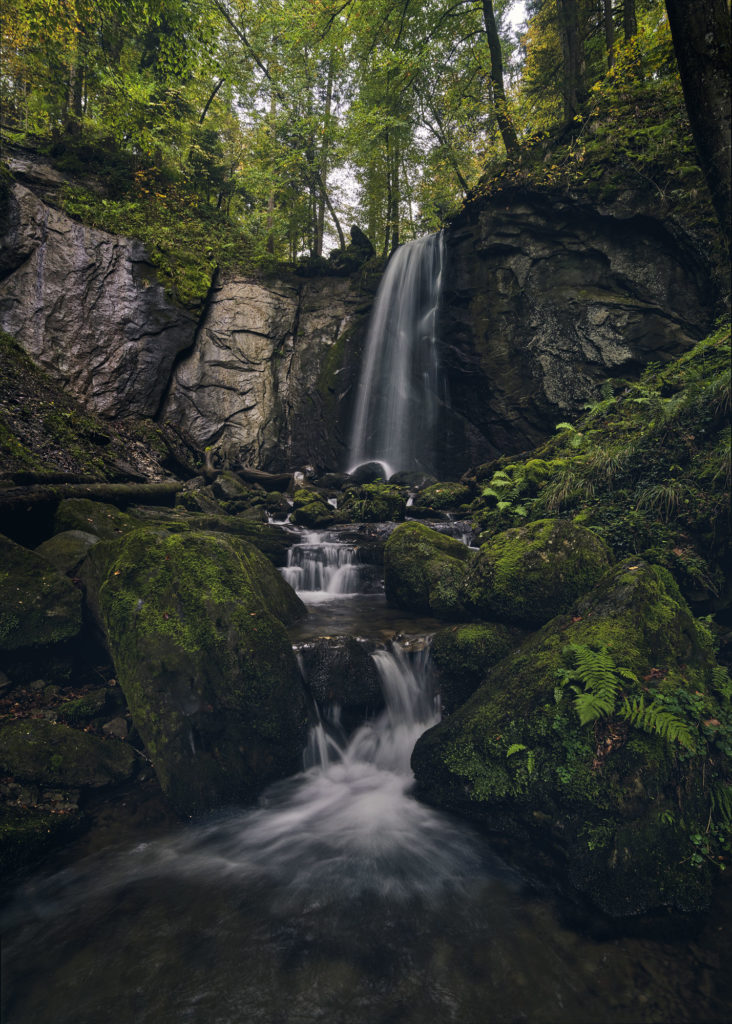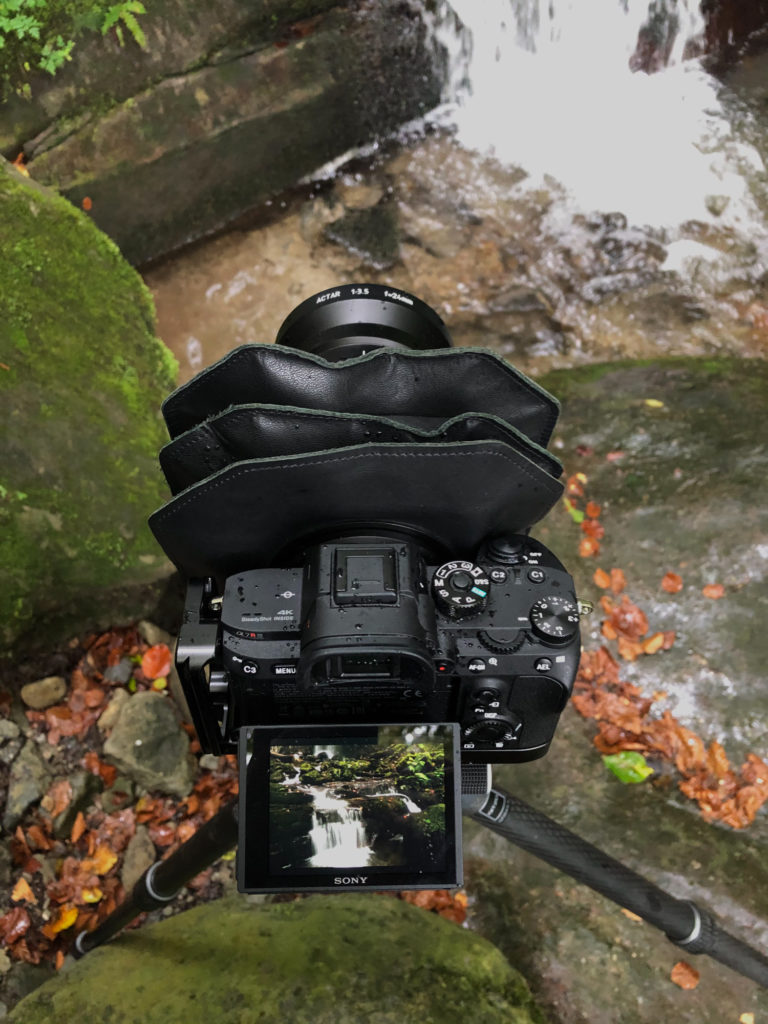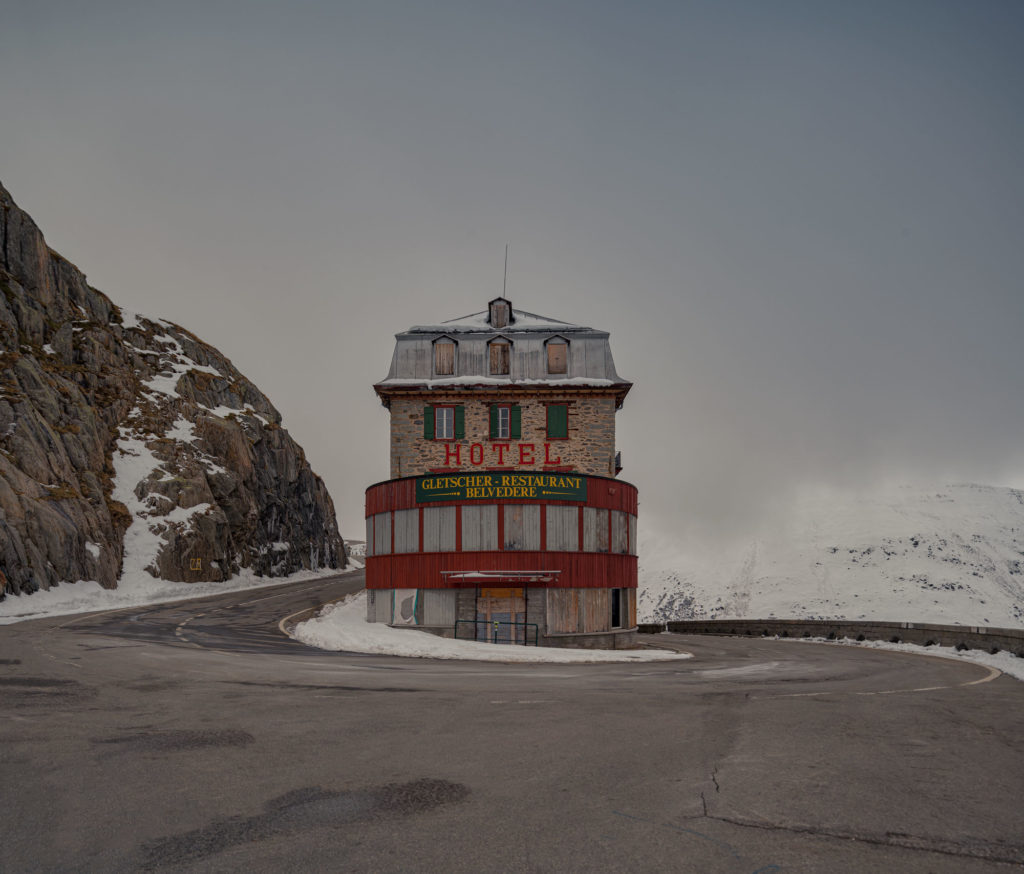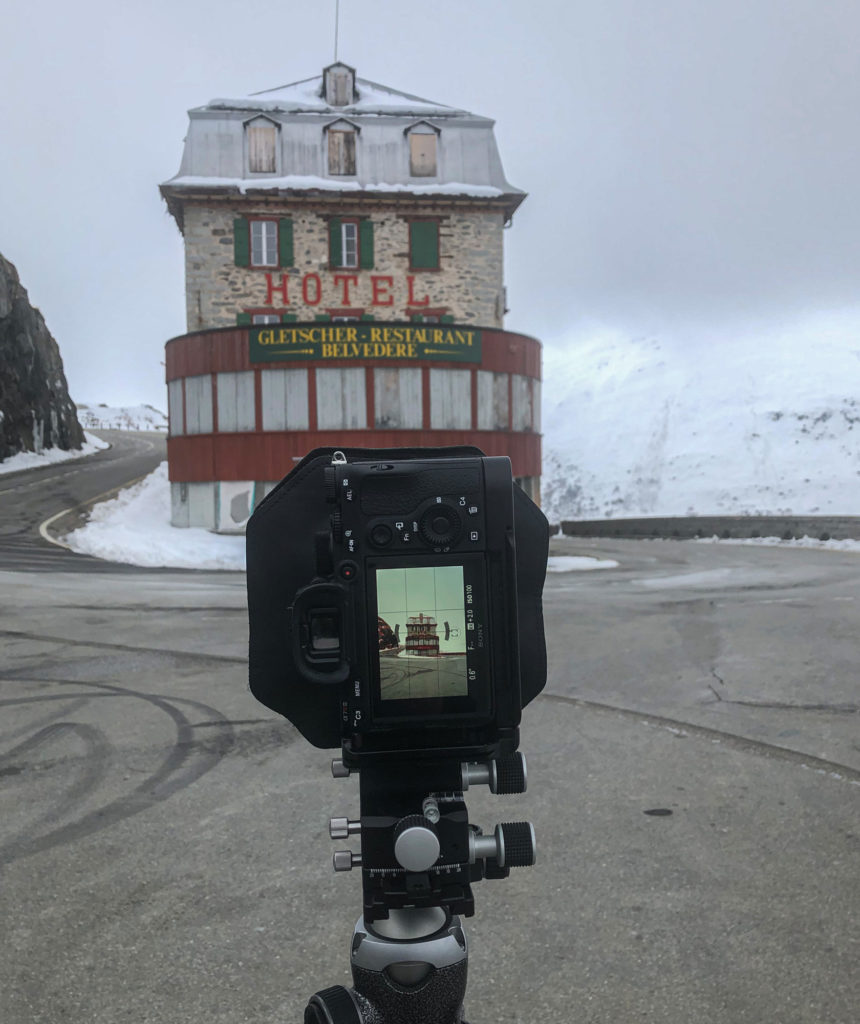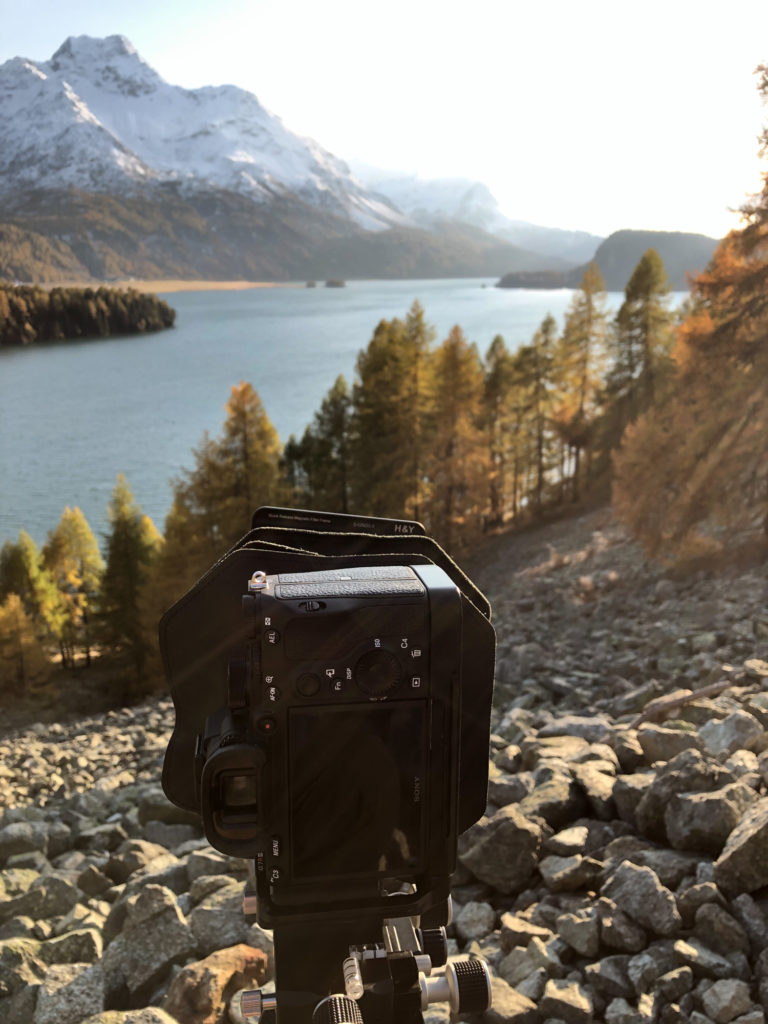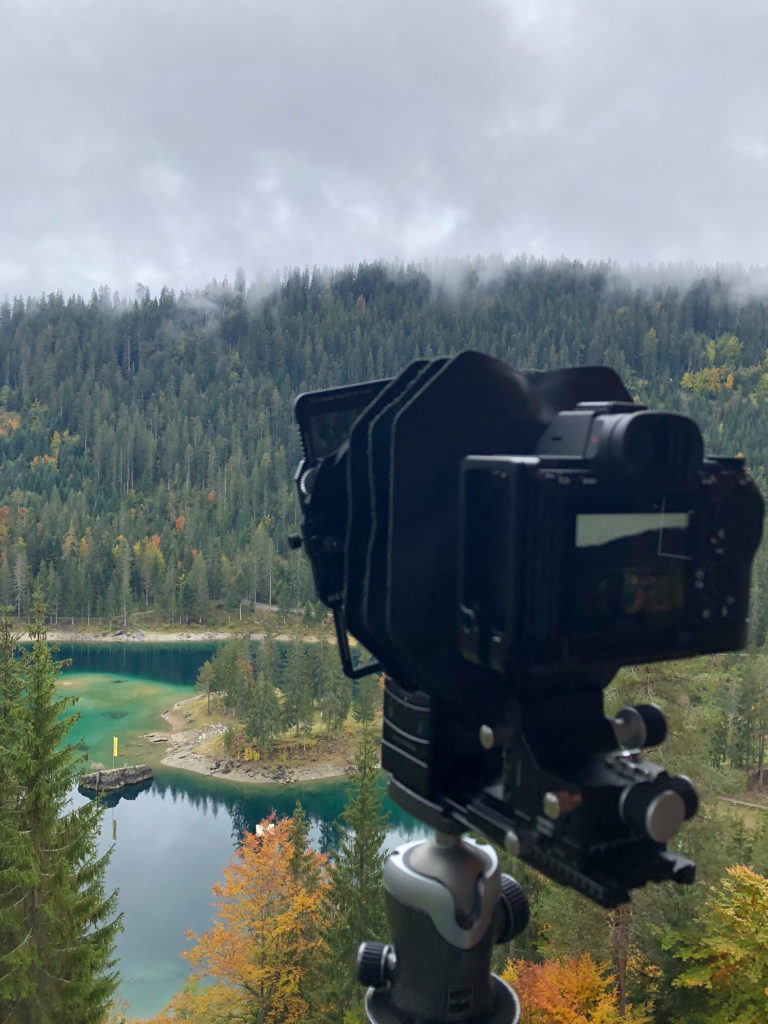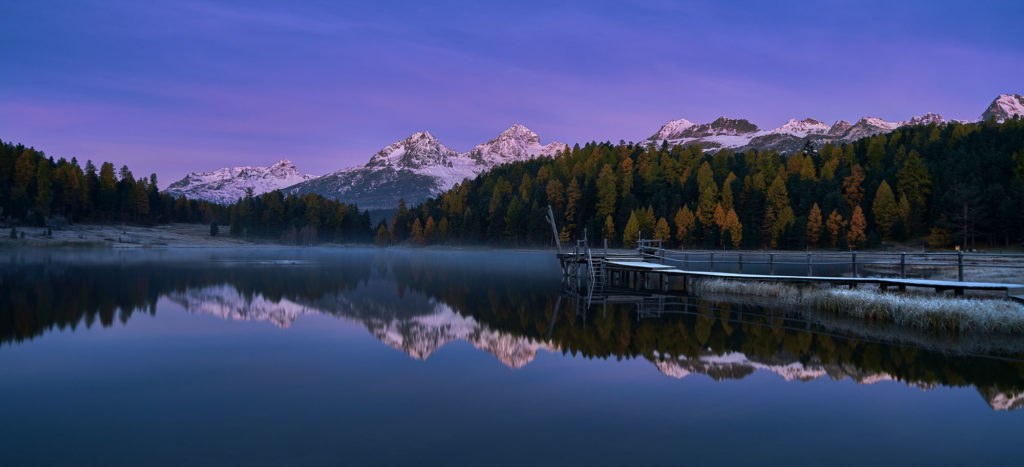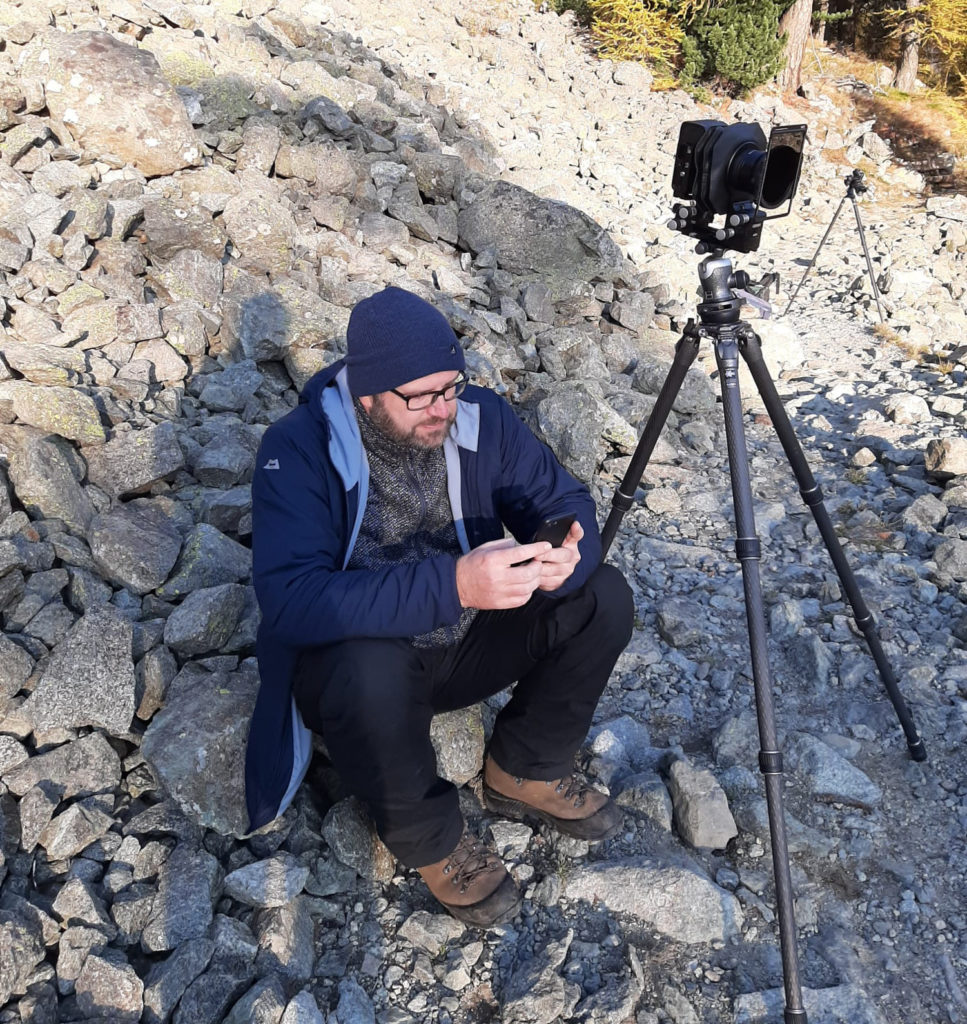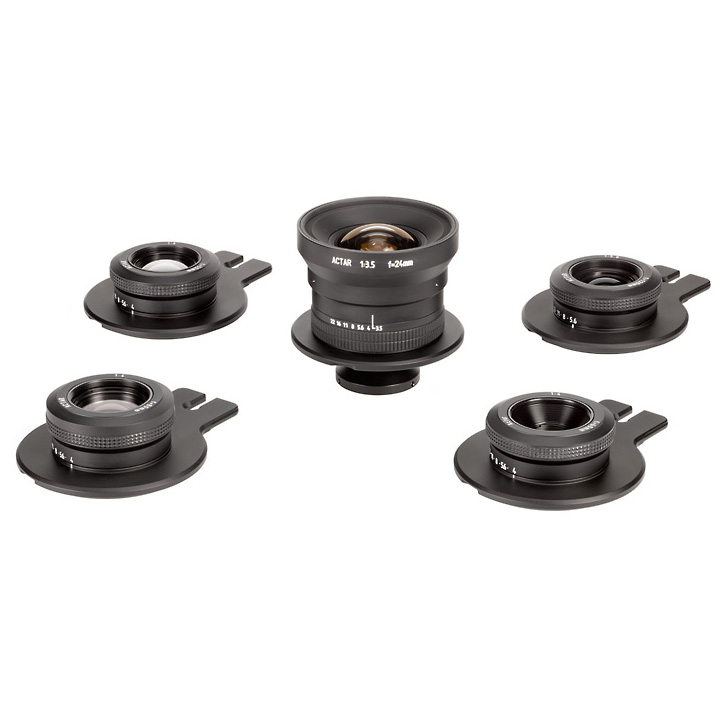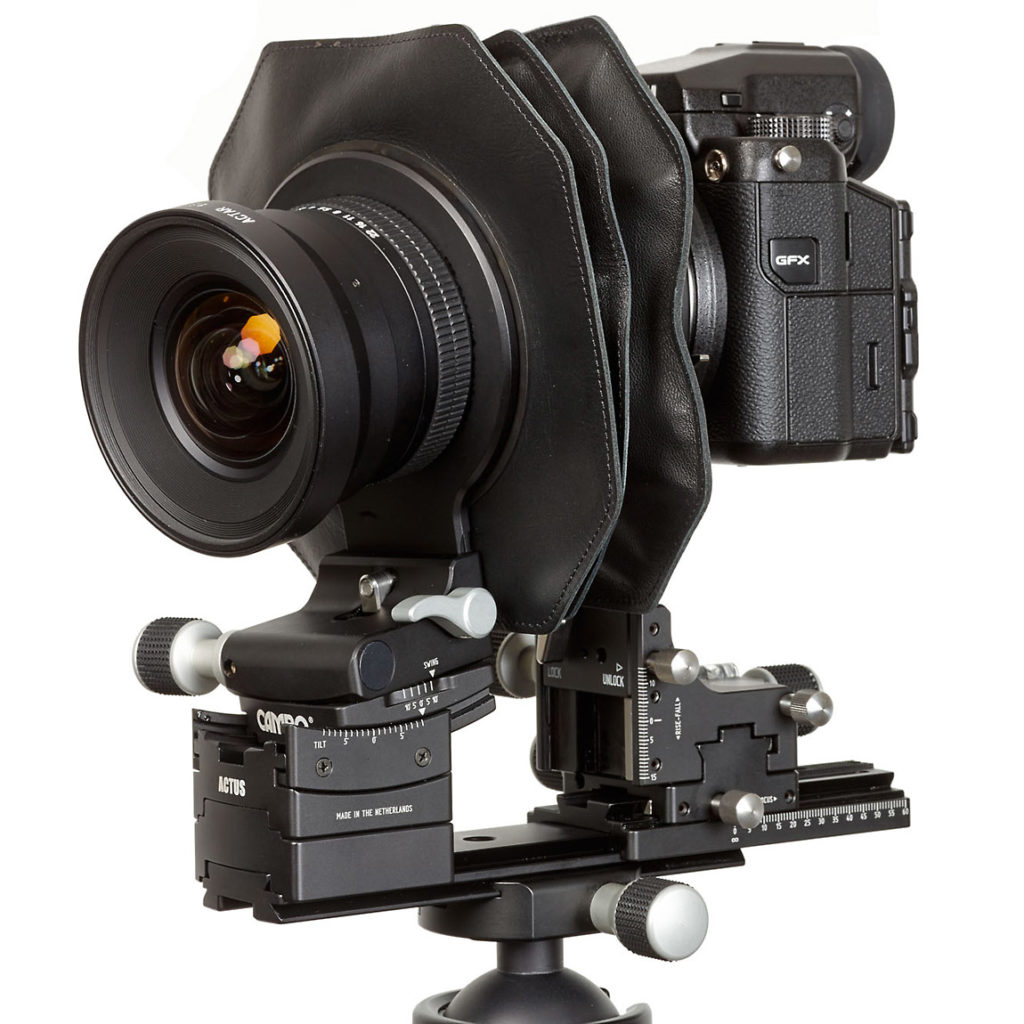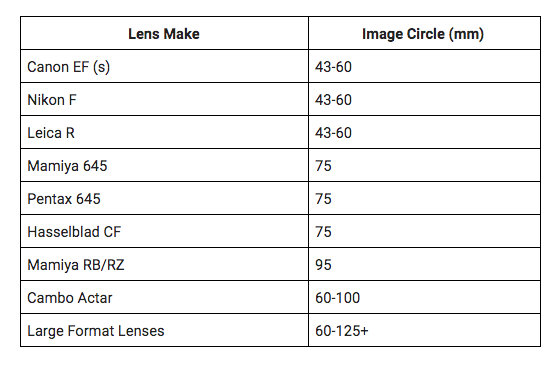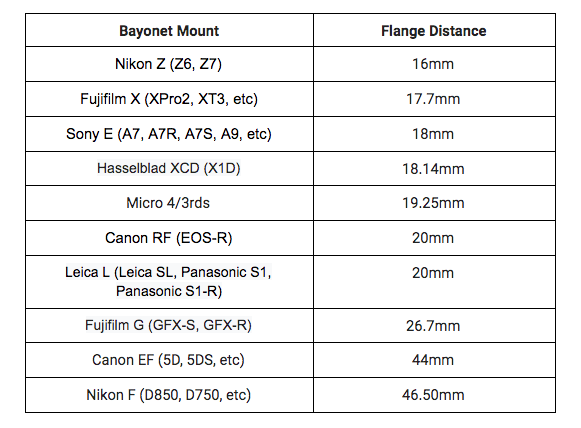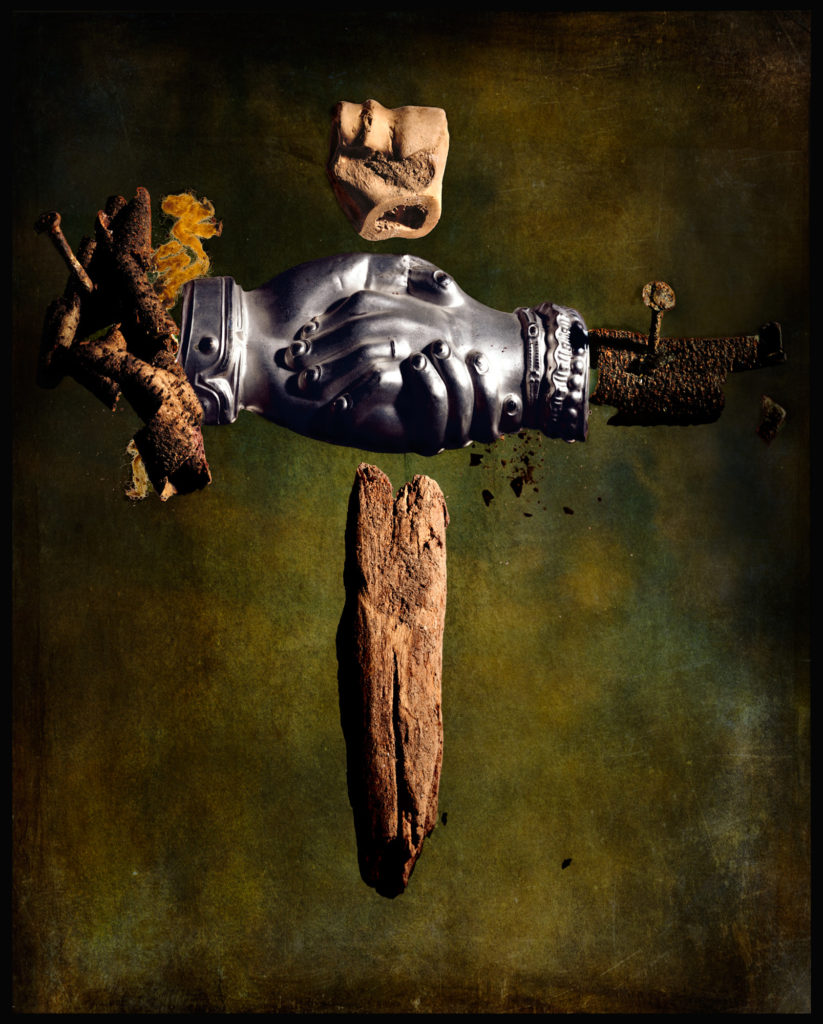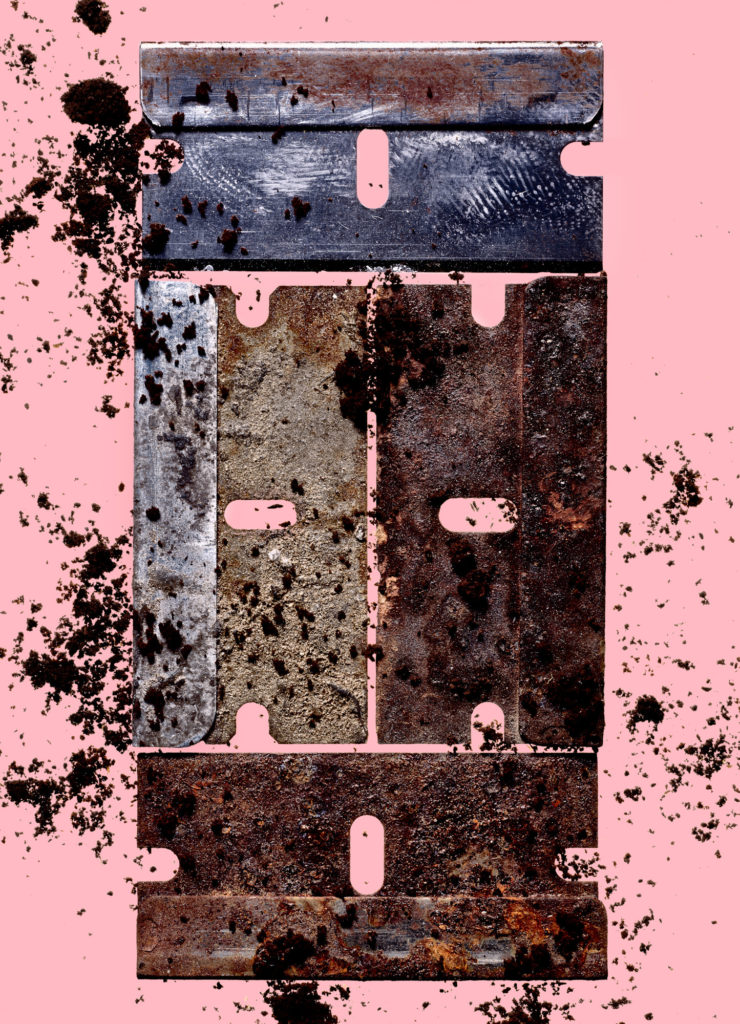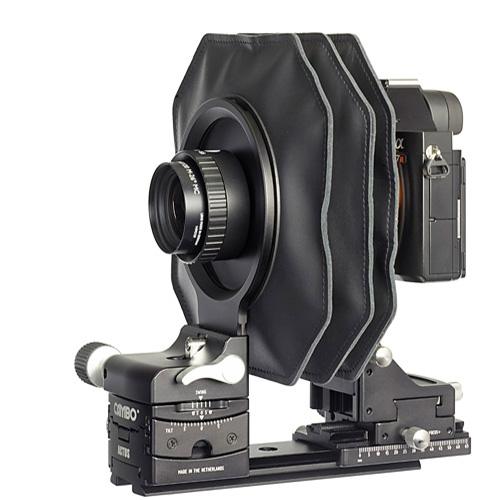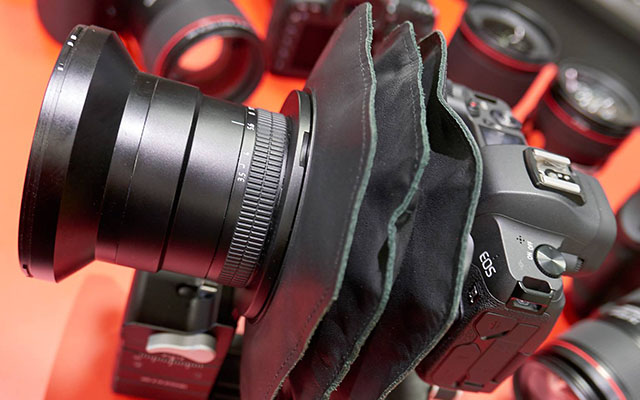Article by Capture Integration’s Steve Hendrix
The Cambo Company – for those of you who do not know – is based in the Netherlands and has been in business since 1946 (that is nearly 80 years, folks!). Cambo is a dedicated and successful manufacturer of excellent photographic solutions, including 7-12′ Studio Stands, Reproduction Copy Stands, Video Support Devices, Technical Cameras and of course, View Cameras. All designed and manufactured in-house at Cambo Netherlands. The Actus View Cameras are known for their user friendly approach, compact size and light weight, and their ability to work with many, many digital cameras and lenses of all kinds (see comprehensive list at bottom of the article).
For a company with such a rich history of photographic products, continuing in the digital age is anything but a certainty, but Cambo has thrived by focusing on innovation and responding to modern market demands.
Since the Cambo Actus B Mini View Camera re-energized the view camera sector of the photographic industry in 2014 and (re) introduced view cameras to the masses in the digital age, they have been very busy with the Actus product line. New digital camera mounts have been added, new lens mounts have been added, the Actar lineup of lenses has expanded, and the various models of Actus View Cameras has increased.
But which Actus model is the one for you? There are important features and differences for each.So let’s start – and we’ll go small to large.
Cambo Actus-B Mini
Cambo Actus B Mini with Leica M11 and Rodenstock 90 APO Sironar Lens Front View
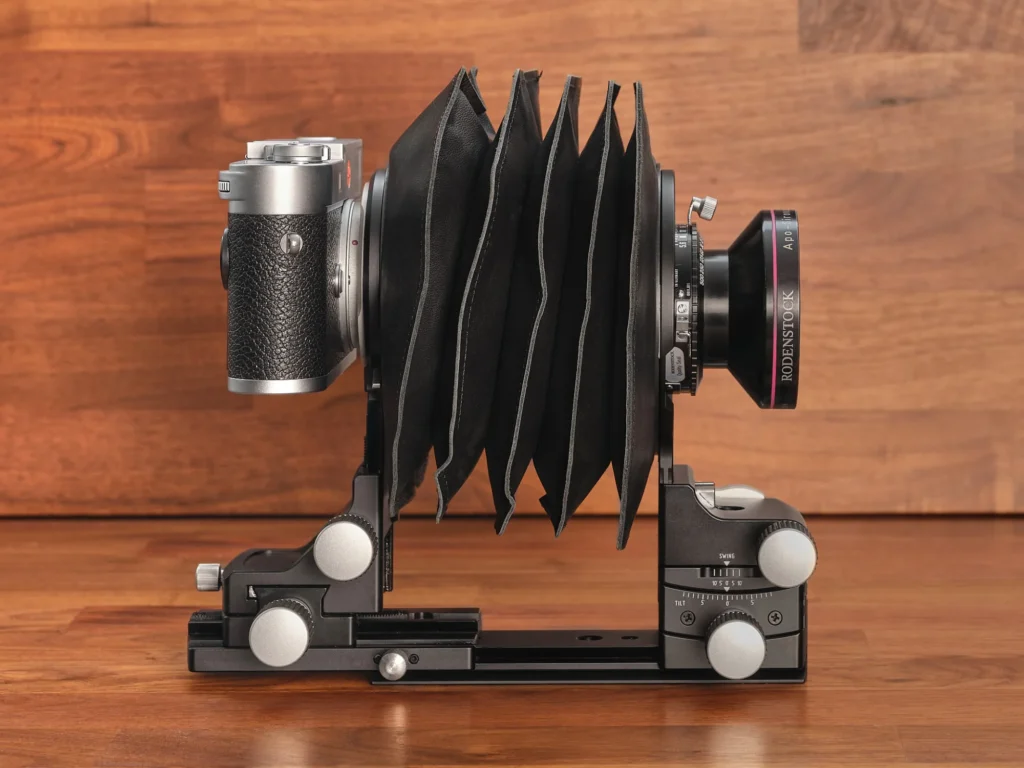
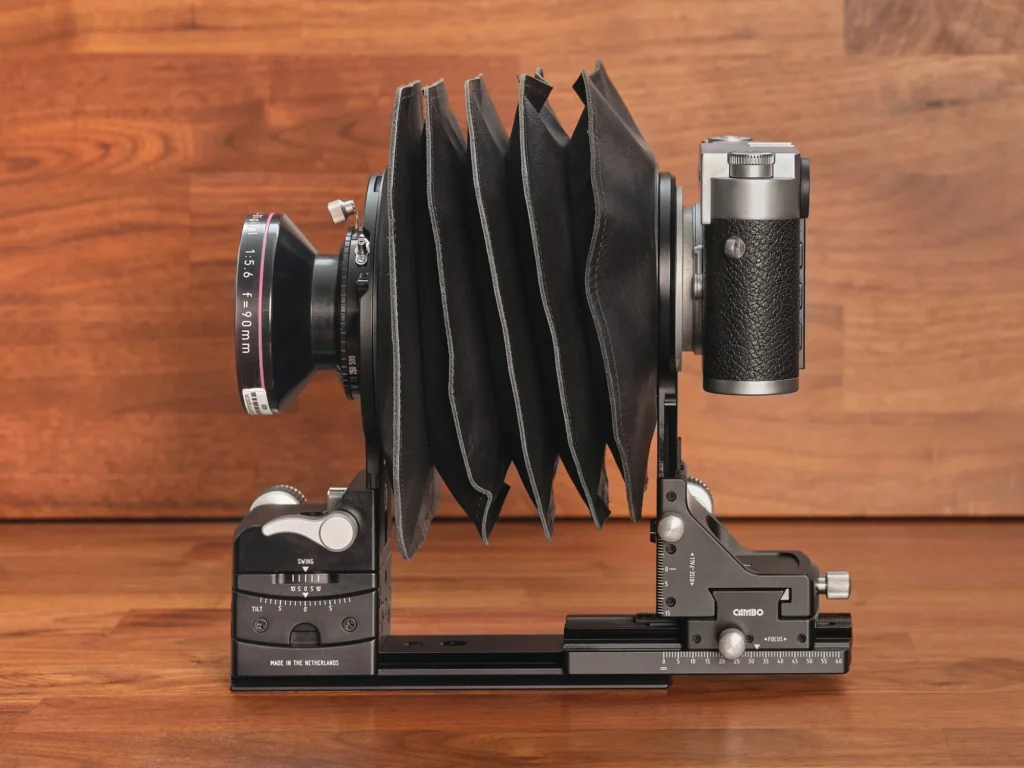
The Actus-B
The Actus-B Mini is the smallest and lightest Actus model, weighing only a little over 2 pounds. To achieve this compactness, it has segmented movements, with rear vertical and horizontal shift and front tilt and swing. The Actus B Mini is fully geared with the exception of the rear horizontal shift, which is a manual movement. All movements have friction locks except for the front tilt/swing.
The Actus B Mini is one of two Actus’s that have restrictive formats. In the case of the Actus B Mini, only digital cameras with sensor sizes 35mm and smaller are compatible, no medium format cameras or digital backs can be mounted. Some of the newer mirrorless 35mm cameras have too large a bayonet to fit on the Actus B Mini, and those will require the Actus G (see below).
To change from one camera to another, say, from a Sony A7R to a Fujifilm XT5 you just unscrew 4 screws and swap out the bayonet mount. Using digital cameras on the rear of a Cambo Actus B Mini allows the use of many lenses, as most digital cameras have a focal plane shutter that can be used to set exposure. All digital cameras can rotate orientation on the Cambo Actus B Mini with a release lever.
Cambo Actus B Mini Key Specs
Dimensions – L x W x H: 15 x 10 x 17 cm
Weight – 1000 grams (2.2 pounds)
Front Swing – 360º (Cool!), geared
Front Tilt – 19 degrees total, +10º/-9º, geared
Rear Shift Vertical – 27mm total, +12mm/-15mm, geared
Rear Shift Horizontal – 40mm total, +20mm/-20mm, manual
Cambo Actus B Mini – Who is it for?
- Those who highly value size and weight (on the lesser side)
- Those who have a primary single 35mm or smaller camera platform they will use it with
- Those who do not mind (horizontal) manual shift
Cambo Actus-G
Cambo Actus G with Fuji GFX 100 II and Cambo Actar 24 Lens Front View
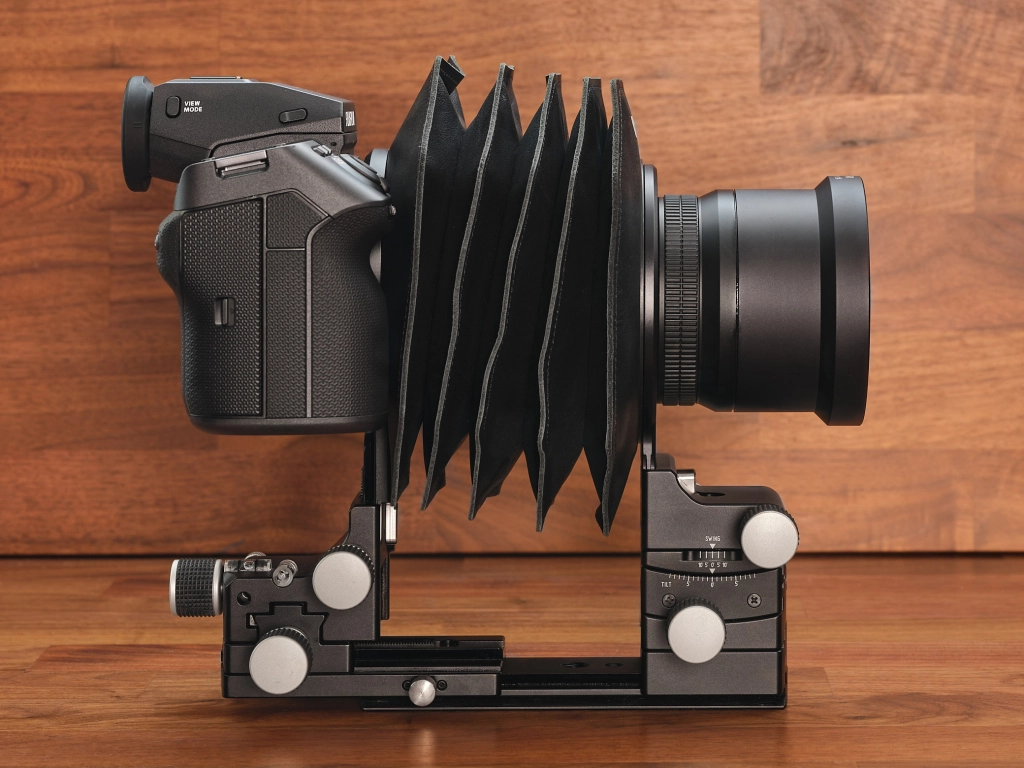
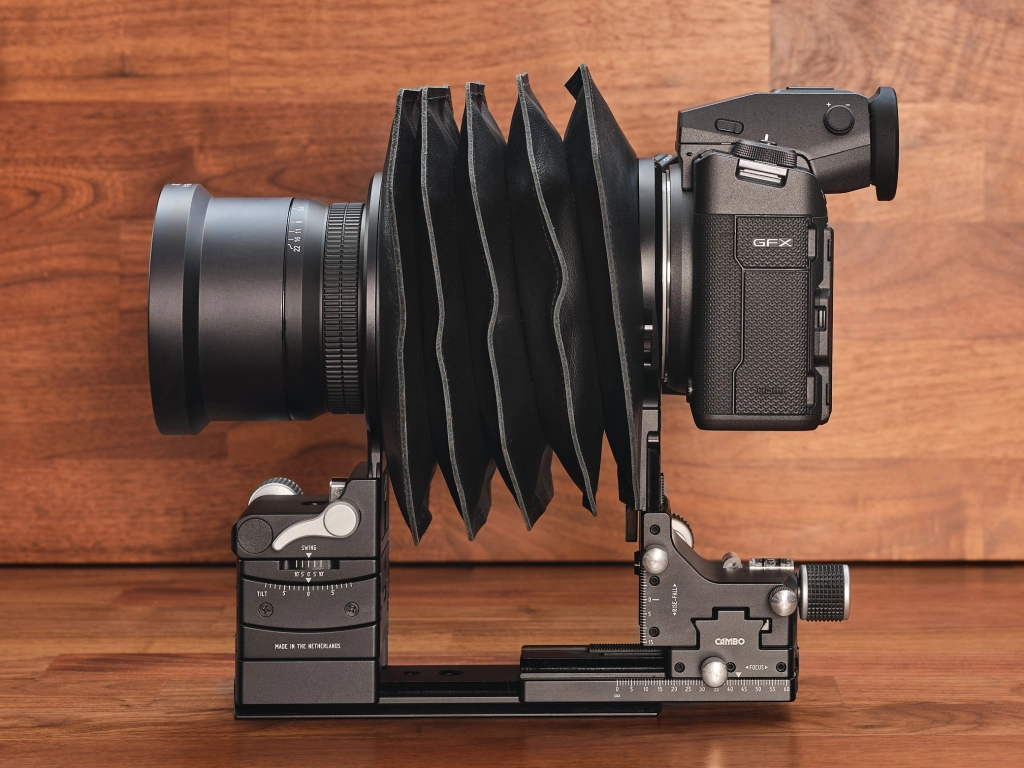
Aha, at first glance, the Actus-G looks similar to the Actus B Mini, and it is. However, there are significant differences. It sits a bit taller, since it is designed to accommodate cameras from various size formats – micro 4/3 to medium format. All movements are geared, even the rear horizontal shift, which is manual on the Actus B Mini. Depending upon which digital camera is mounted to the rear, it may come with a spacer block for the front standard, so the camera is level with the lens at the zero vertical position. This camera can accept all the digital cameras that the Actus B Mini can, but it also can accept Canon R, Nikon Z, Leica SL, Hasselblad X1D/X2D, Fujifilm GFX, and even digital backs.
The Actus G has an interchangeable rear bayonet that locks and can be swapped just by flipping a locking lever. So no need to unscrew anything, unlike the Actus B Mini. The Actus G is a bit larger/heavier than the Actus B Mini, but it is also a much more versatile platform. Using digital cameras on the rear of a Cambo Actus G, like Actus B Mini, also allows the use of many lenses, as most digital cameras have a focal plane shutter. All digital cameras can rotate orientation on the Cambo Actus G with a release lever.
Cambo Actus G Key Specs
Dimensions – 15L x 12W x 17H cm
Weight – 1150 grams (2.5 pounds)
Front Swing – 360º (Cool!), geared
Front Tilt – 19 degrees total, +10º/-9º, geared
Rear Shift Vertical – 27mm total, +12mm/-15mm, geared
Rear Shift Horizontal – 40mm total, +20mm/-20mm, manual
Cambo Actus G – Who is it for?
- Those who value small size and weight
- Those who may use a variety of camera platforms, 35mm, medium format, digital backs, etc.
- Those who prefer all geared movements
Cambo Actus-DB2
Cambo Actus DB II and Hasselblad 120mm CF Lens Front View
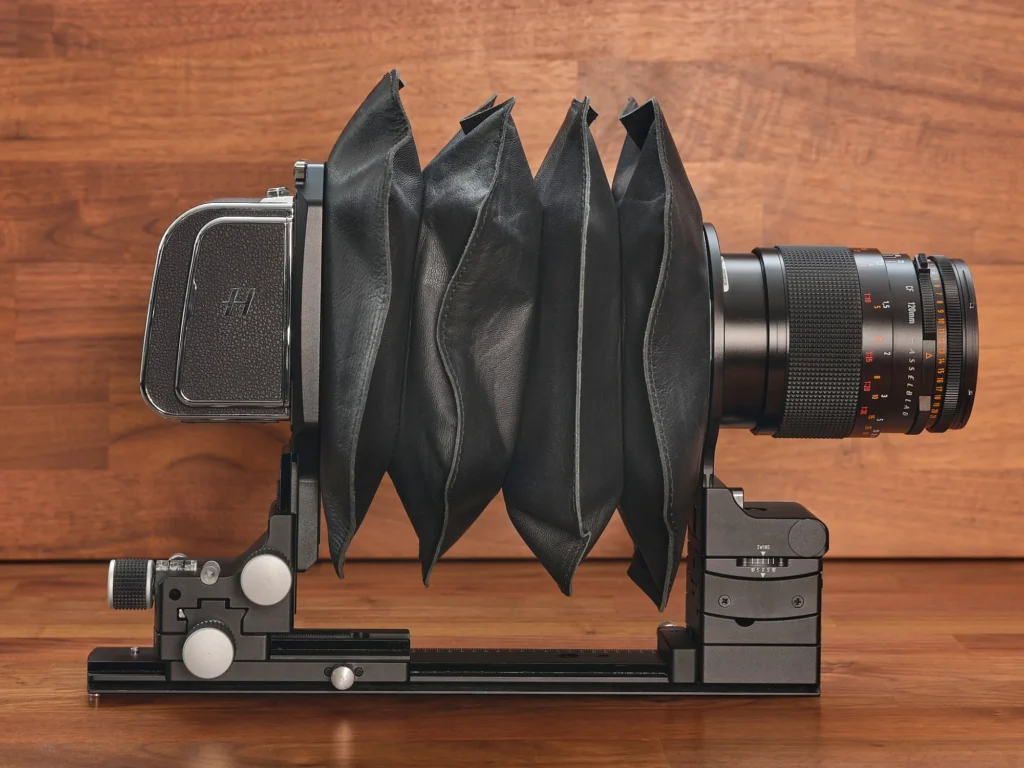
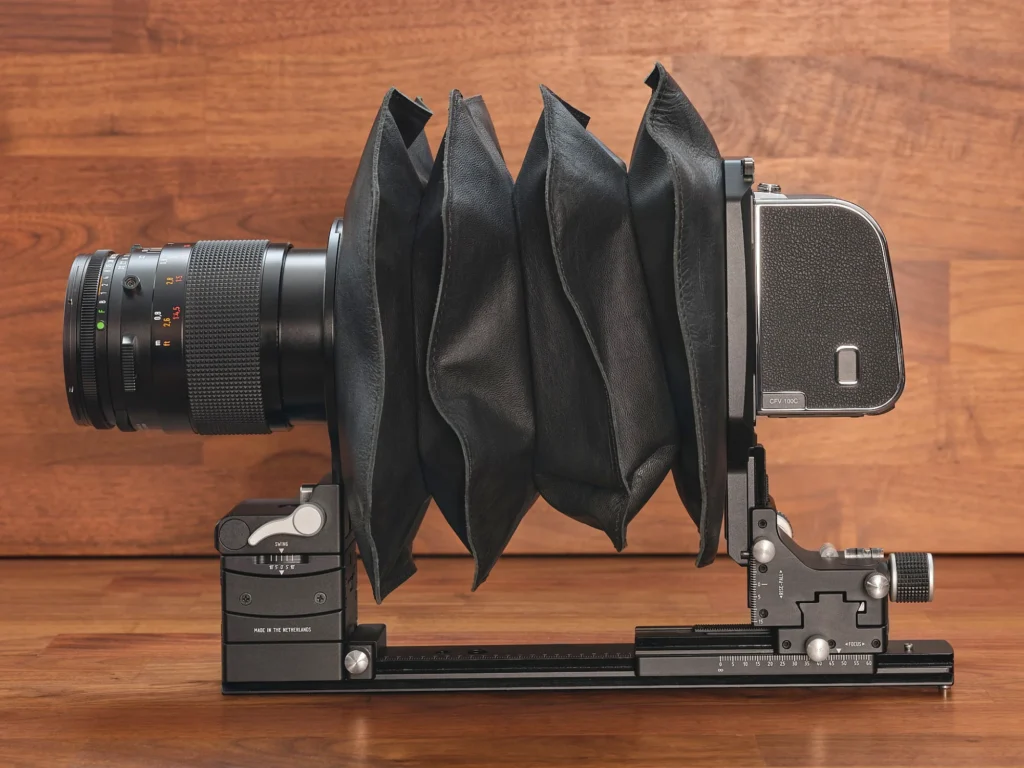
The Cambo Actus-DB2 bears strong resemblance to the Actus G, in terms of size/weight and features. You can see a geared knob at the end of the rail, which means it also has rear geared horizontal shift. Know that longer rails/bellows are an option with all these cameras, we show a longer rail above to illustrate.The Actus DB2 comes with a slightly longer default rail than the Actus B Mini and Actus G (175mm vs 155mm).
The Actus DB2 is dedicated to digital backs, it does not accept digital cameras. So, if you have pretty much any digital back, it will mount to the Actus DB2, via an interface adapter made to fit the native camera mount of your digital back (most commonly Phase One/Mamiya 645, Contax 645, Hasselblad H 645, Hasselblad V).
Benefits of a digital back are that you can use short view camera lenses, which are limited with digital camera bodies, because the sensor is pushed further away from the lens elements, which expands the focal flange distance beyond many the spec of most short view camera lenses. Digital backs can work with ESS (Electronic Sensor Shutter) with many lenses, or with a copal or X shutter outfitted view camera lens. Digital Backs can be manually rotated by removing and re-seating the SLW Adapter, but Cambo also makes a rotating lever solution for digital backs in Phase One/Mamiya 645 and Hasselblad V Interfaces.
Cambo Actus DB2 Key Specs
Dimensions – 18L x 10W x 21H cm
Weight – 1200 grams (2.6 pounds)
Front Swing – 360º (Cool!), geared
Front Tilt – 19 degrees total, +10º/-9º, geared
Rear Shift Vertical – 27mm total, +12mm/-15mm, geared
Rear Shift Horizontal – 40mm total, +20mm/-20mm, manual
Cambo Actus DB2 – Who is it for?
- Those who only want to use a digital back on their view camera.
- Those who are not as concerned with size and weight.
- Those who value the most movements possible.
- Those who want a fuller feature set from their view camera.
Cambo Actus-MV
Cambo Actus MV with Phase One IQ4 150 and Phase One 40 HR-W X Shutter Lens Front View
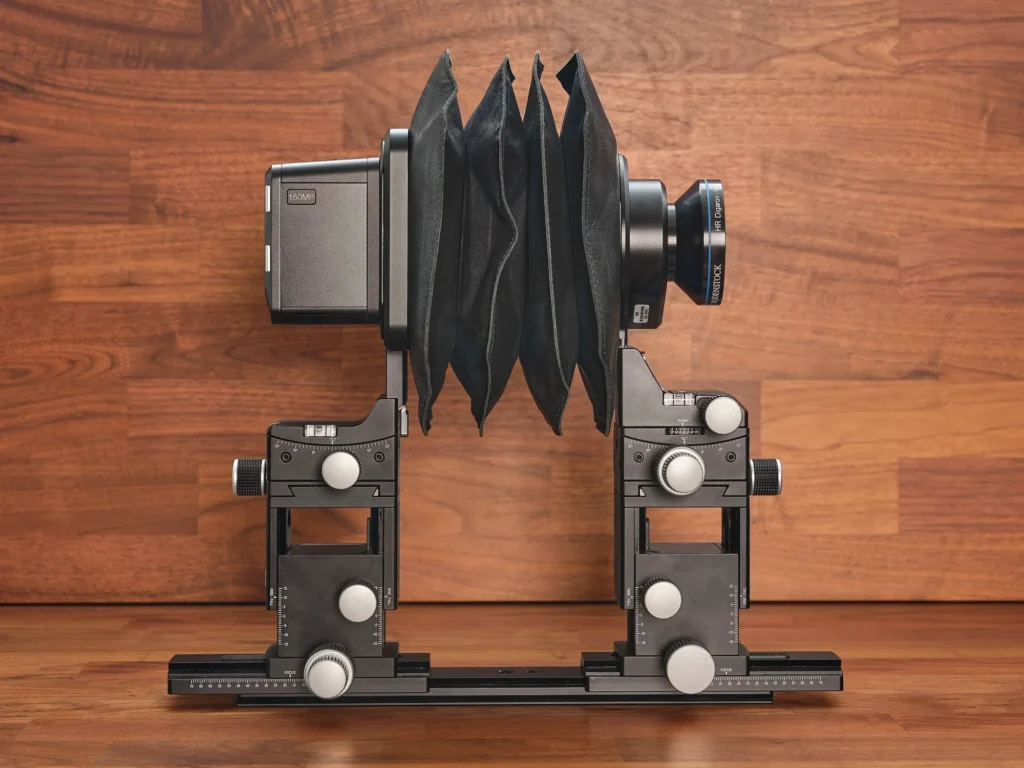
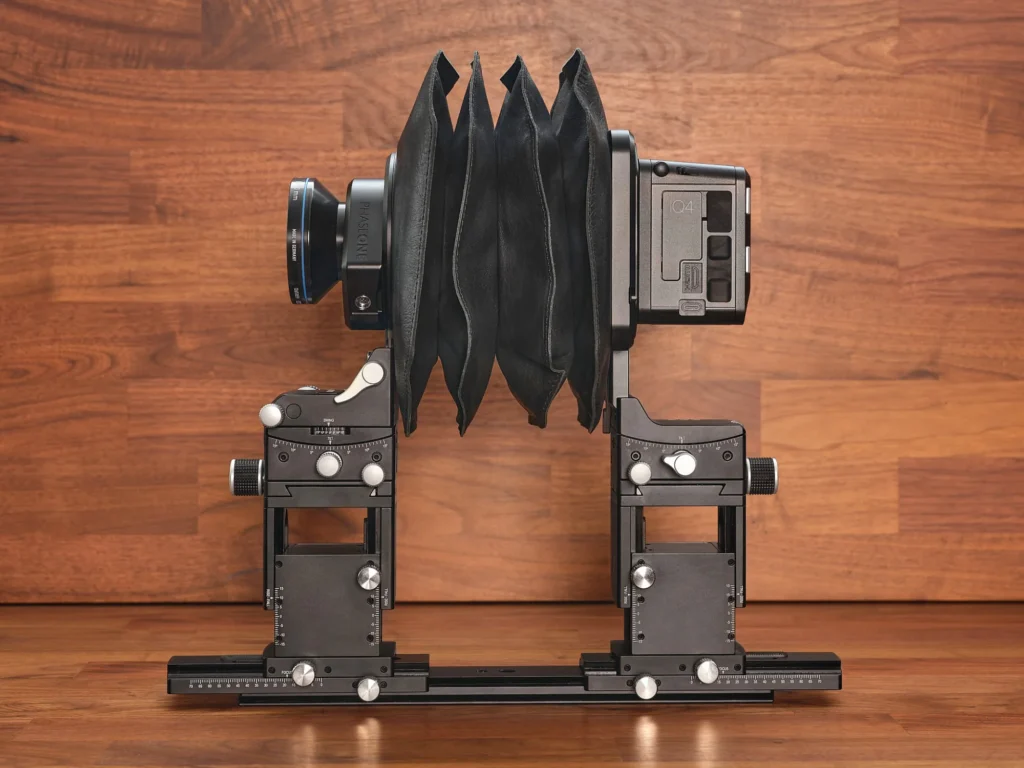
Hmm, now what could the MV in Cambo Actus-MV stand for? Most Volume? Many Variables? Morally Viable? Well, no, it stands for Maximum Versatility. There are good reasons for this. While the Actus MV is the largest/heaviest of our group of Cambo Actus view cameras represented here, it also has the most capability, the most features, and can be used with the most camera/lens combinations.
The Actus MV is fully geared, but also adds nearly all movements to both standards. Now there are full movements (shift/tilt/swing) on both standards with the exception of rear swing. And some of the movement latitude has been expanded. The tilt and swing adjustments also now have friction locking, so all movements can be locked or restricted.
Cambo also produces fine focus and fine tilt gearing (that increases the gear precision by a factor of 5x), which is an option on all Actus View Cameras, but is standard on the Cambo Actus MV. The Actus MV also comes with a longer base rail and now telescopes, meaning both standards can move away from each other, to expand the bellows draw beyond what the existing rail would allow. There is also a quick release for both standards to slide off the rail, making for fast, easy packing.
While it is larger and heavier than all other Actus View Cameras, it still presents a slim footprint that makes it easy to pack. Digital Backs can be manually rotated by removing and re-seating, but Cambo also makes a rotating lever solution for digital backs in Phase One/Mamiya 645 and Hasselbload V Interfaces (which is also a compatible option for the Actus DB2).
Cambo Actus MV Key Specs
Dimensions – 20L x 12W x 28H cm
Weight – 2800 grams (6.2 pounds)
Front Swing – 30º/30º, geared
Front Tilt – 30 degrees total +15º/-15º, geared
Rear Tilt – 30 degrees total +15º/-15º, geared
Rear Shift Vertical – 30mm total, +15mm/-15mm, geared
Rear Shift Horizontal – 40mm total, +20mm/-20mm, manual
Cambo Actus MV – Who Is It For?
- Those who are not as concerned with size and weight.
- Those who value the most movements possible
- Those who want a fuller feature set from their view camera
Cambo Actus Compatibility Chart
Chart by Steve Hendrix @ Capture Integration
** Legacy digital backs can be used if they are in any of the following interface mounts (with corresponding Cambo SLW Adapter): Phase One/Mamiya 645/Contax 645/Hasselblad H 645/Hasselblad V/Sinar 3 30/45, Leaf AFi/Sinar Hy6
Quick Tips/Fun Facts/Fancy Questions
- On all Cambo Actus models except the Actus MV, the front Swing movement can turn 360º! This can allow you to add a bit more bellows extension if you are already at the max limit of your focus rail.
- Can you really use your classic Panasonic G1 with that little sensor on a Cambo Actus? Yes, of course! And you can shift that sensor a long, long way inside those image circles.
- Can you use a Fujifilm X100VI on a Cambo Actus? No, you cannot – why? Because the lens is fixed to the camera. But you could use a Fujifilm XT5!
- Yes, you can use a film back on the Cambo Actus. There’s enough clearance for a 6×7 opening, and Cambo indeed makes an adapter that accepts Mamiya RB 6×7 film magazines, as well as ground glass and a viewing loupe.
- The shortest focus rail for the Actus is 155mm. The longest is 450mm.
- Cambo does not manufacturer optics. However, they pick optics from other manufacturers and create custom Actus mounts (called Actar lenses) that incorporate an Actus lensboard and a manual aperture ring on the lens (when needed). Typically what must be taken into account – is there the the ability to create a manual aperture ring, does the lens have an ample image circle, and does it provide sufficient focal flange distance in order to achieve infinity focus with most of the compatible cameras that can be used on the Cambo Actus View Cameras. See the article “Seeing Sideways with Cambo Actus” at the bottom of this article for some more details.
- There are numerous beneficial accessories available for the Actus, including Fine Focus Gearing, Extra Long Bellows, Extra Long Rails, Base Tilt Mechanisms, Compendium Lens Shades, Remote Focus Whips, Rotating Digital Back Adapters.
- You can mount Rodenstock and Schneider view camera lenses in Alpa or Cambo WRS lenspanel to a Cambo Actus View Camera via adapters, but only if they are short barrel versions.
- You cannot mount a Hasselblad 907x/CFV 100c to an Actus via the XCD Bayonet (only X1D/X2D). The shutter release button prevents this, but just remove the 907x portion and then you can mount the CFV 100C digital back itself. With ACDB-991 on Actus-MV and Actus-G; for Actus-DB2 you only need the SLW-80.
- Why can’t I use my native lenses with my camera on the back of the Actus? Several reasons, one being electronic lenses have no way to communicate with their native camera body when separated. And even if you worked around that, the bellows and standards of the Cambo Actus are in between the lens and body and essentially act as an extension tube, so you would at best lose infinity focus.
- Cambo frequently puts together “Kits”. For example, A Cambo Actus-GFX kits includes the bayonet for the Fujifilm GFX cameras, a Cambo Actus-XCD kit includes the bayonet for the Hasselblad X1/X2D cameras, and at times Cambo will also include select Actar lenses as a full kit with a choice of camera bayonet..
- If you desire 1:1 macro with a view camera lens longer than 120mm, you will need a longer rail than the default rail (typically at least the AC-330, which is a 300mm rail).
- The following 3rd party lenses can be used with Cambo Actus view cameras: View camera lenses in Copal-0/1/3, M39, Leica R, Hasselblad V, Mamiya RB-RZ, Nikon F, Mamiya 645, Pentax 645, Canon EOS EF, Alpa 12.
- Cambo Actar lenses come in the following focal lengths: 15mm, 19mm, 20mm, 24mm, 35mm, 60mm, 80mm 90mm, 120mm and 105 Macro. Every Cambo Actar Lens is compatible and will achieve infinity focus with any digital camera or digital back you can mount to an Actus with the exception of the Cambo Actar 15 and Actar 60 with DSLR bodies and the original Fujifilm GFX 100.
- Cambo makes a lensboard for Hasselblad V Lenses that incorporates a shutter activator.This means you can use the leaf shutter in the lens for use with higher sync with strobe.
Have More Questions?
There are in depth articles about every model of the Cambo Actus View Cameras from our website linked below. And if you’d like to find out more, or discuss the viability of a view camera solution for your use, just reach out to us!

By Steve Hendrix
Thanks for reading! If you have any questions feel free to reach out!
Steve Hendrix
Steve@Captureintegration.com – 404.543.8475
A big Thank You to Steve Hendrix and Capture Integration.


